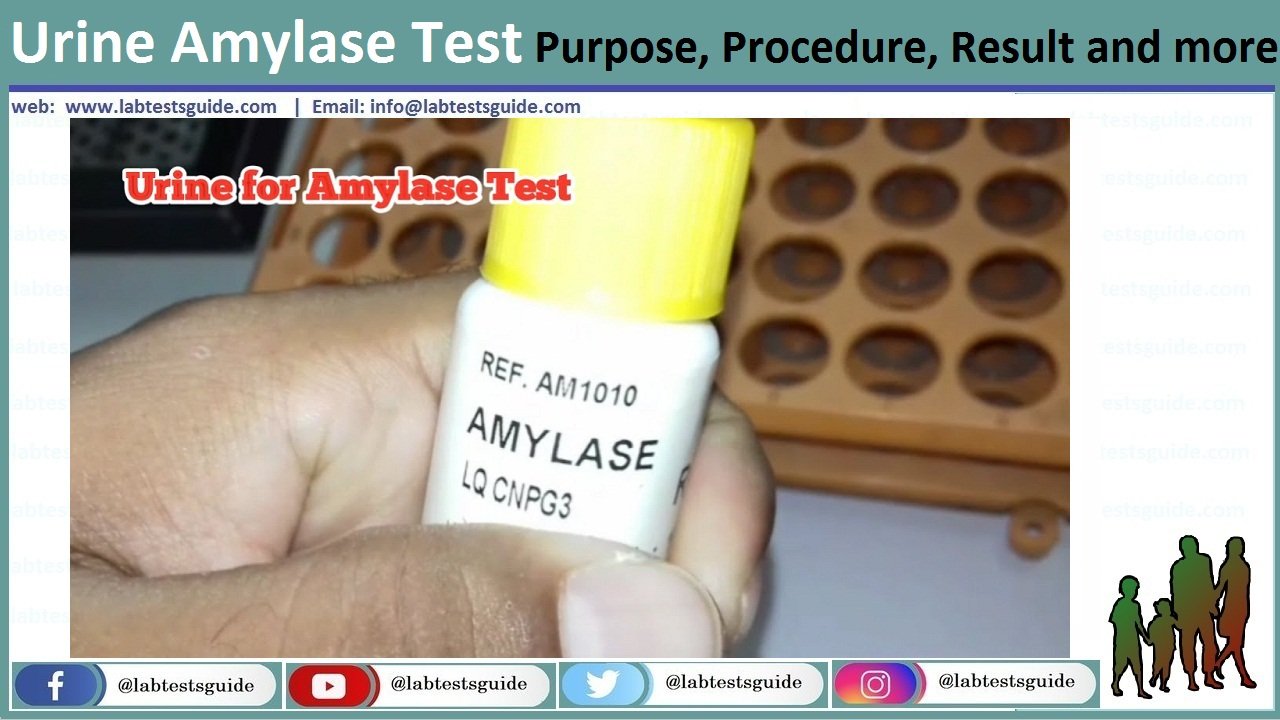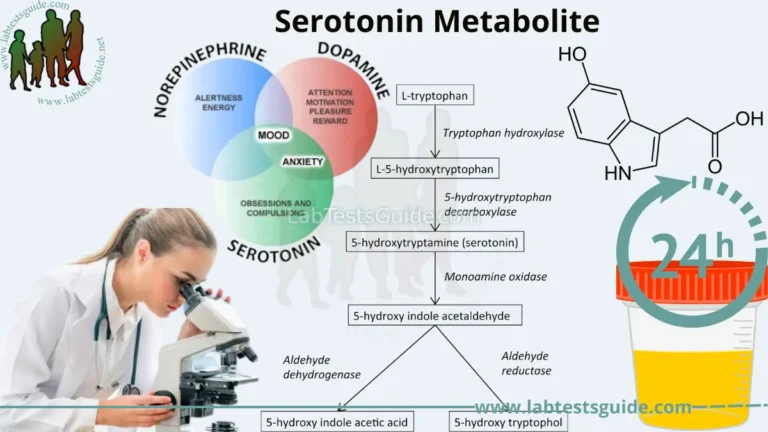Amylase is an enzyme, or special protein, produced by your pancreas and salivary glands. The pancreas is an organ located behind your stomach. It creates various enzymes that help break down food in your intestines.
The pancreas can sometimes become damaged or inflamed, causing it to produce too much or too little amylase. An abnormal amount of amylase in your body can be a sign of a pancreatic disorder.

An amylase blood test can determine if you have pancreatic disease by measuring the amount of amylase in your body. You may have a disorder that affects the pancreas if your amylase levels are too low or too high.
Why Get Tested:
- To diagnose acute pancreatitis and monitor the treatment.
- To differentiate other abdominal pain, epigastric discomfort, nausea, and vomiting.
- In the case of ascites, may be done to rule out pancreatitis.
When to get Tested:
When you have symptoms of a pancreatic disorder, such as severe abdominal pain, fever, loss of appetite, or nausea
Sample:
- This test is done in the serum of the patient.
- The serum is stable at room temp. for 7 days and at 4 °C for one month.
- Take 3 to 5 ml of blood in the disposable syringe. Keep the syringe for 15 to 30 minutes and then centrifuge for 2 to 4 minutes. In this way can get the clear serum.
Precautions
- Avoid alcohol intake before sampling because it gives rise to an increase in the amylase level.
- Urine can be collected at 2 hours or 24 hours sample. Refrigerate the urine.
- Avoid contamination with saliva.
- Lipemia, anticoagulant EDTA, fluoride, and citrate decreased amylase levels.
Normal value:
The value may vary from lab to lab.
Serum:
- Adult = 19 to 86 U/L.
- Newborn = 6 to 65 U /L
Urine:
- Spot: Upto 17 U/l
- 24 hrs Urine : Upto 48 U/l
Amylase Increased Level Is Seen In:
- Acute Pancreatitis and Acute exacerbation of chronic Pancreatitis.
- Pancreatic cyst and pseudocyst.
- Acute alcoholic poisoning.
- Salivary glands diseases like mumps, or duct obstruction or parotitis.
- Maybe in acute cholecystitis, intestinal obstructions.
- Increased in obstruction of the common bile duct, pancreatic duct, or ampulla of Vater.
- Ruptured Ectopic pregnancy.
- Renal failure due to reduced excretion by the kidneys.
- Diabetic ketoacidosis.
- In peritonitis.
- In some of the lung and o to 65 ovarian tumors.
- Alcohol intake.
- May be seen in abdominal trauma, head injury, viral infections, and postoperative patient.
Amylase Level Decreased In:
- Extensive marked destruction of pancreas e.g. Acute Fulminant Pancreatitis.
- Chronic Pancreatitis and pancreatic cancer.
- In pancreatectomy.
- Cirrhosis and severe liver diseases like hepatitis.
- Perforating or penetrating peptic ulcers.
- Toxemia of pregnancy.
- Advanced cystic fibrosis.
Keywords: amylase,amylase test,serum amylase,amylase blood test,salivary amylase,serum amylase test,amylase normal range,what is amylase,amylase (protein),amylase production,amylase test in hindi,beta amylase,amylase test procedure,blood amylase,alpha amylase,amylase assay,amylase enzyme,amylase meaning,low amylase level,amylase function,amylase and lipase,high amylase level,pancreatic amylase,what is amylase test,amylase test (agd 2020),amylase test and results,amylase production test,amylase high
Possible References Used




